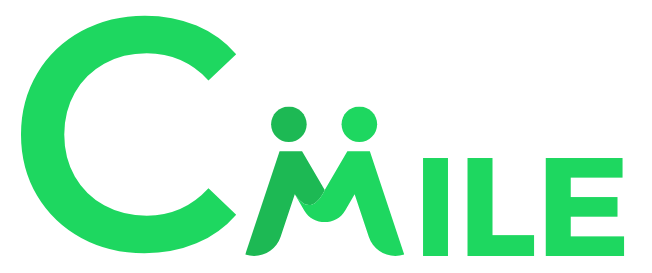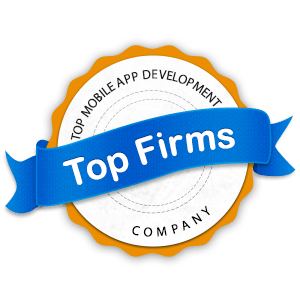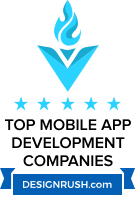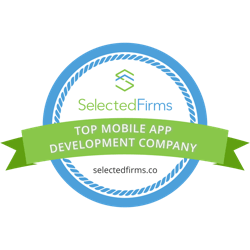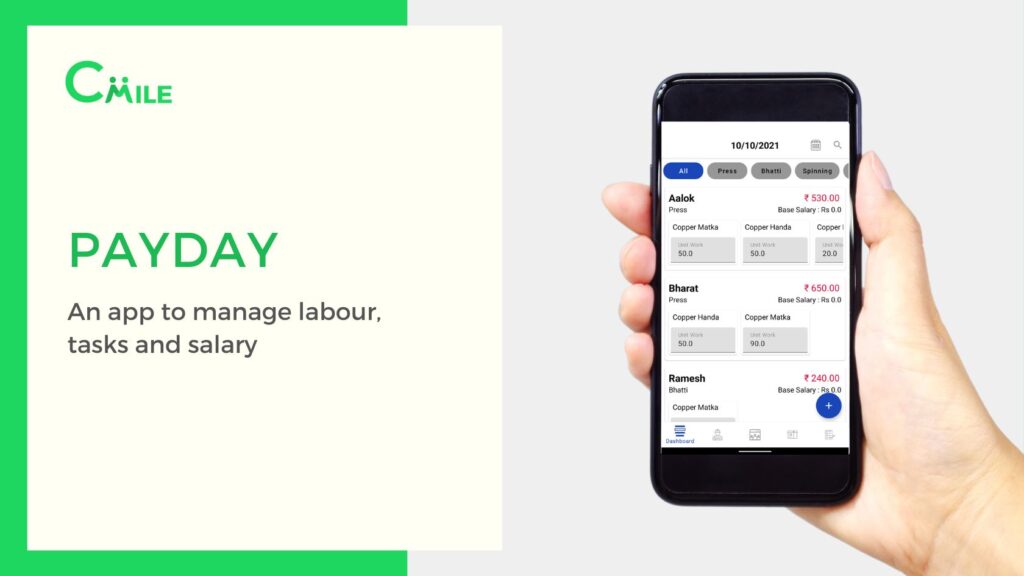Mobile application development (MAD) is one of the biggest platforms and has several on-demand projects. It is one of the most preferred/desired platforms because of audience feedback. And from the user perspective, it is efficient to use the mobile application rather than a desktop version. Many people have indulged in developing mobile applications but are often stuck up with multiple questions; here are some of the most frequently raised questions.
A mobile application development questionnaire helps to collect more information and requirements. The project’s needs will be associated with the development of the project. Project development that doesn’t meet the client’s requirements is a waste of time and money.
The questionnaire helps to get an exact idea of the project’s development and to grasp the basics and objectives of the entire development process. You can get a lot of ideas and knowledge to develop and estimate the project’s development cost and time. Then, too, for many of the overwhelmed aspirants, a detailed explanation of the project development is provided.
Design
The design is the biggest and the most vital part of the project, as this defines the complete view of the project. In other words, the design is the blueprint of the whole application. The design consists of two parts: high-level design and low-level design. The high-level design is a pictorial representation of the program flow. This deals with the functionality and other working representation of the program. It is known as the program’s algorithm, which is important even in the project’s documentation. A few of the questions that need to ask during the designing part are,
- Do you have the sketches ready?
- Do you have the visual prototypes of all screens and modules?
- Do you have separate designs for different platforms like Android and iOS?
Development
The development part primarily consists of two things they are functionality and design. The design needs to be alluring to the customer and users. This also needs to be associated with a few psychological aspects as the targeted audiences might be different, for example, if the users of the application are children and the design needs to match the people in the age category of 4 to 12. The functionality part mainly deals with swift and java for iOS and Android, respectively. The development also needs to work on every event and activity involved in the entire application. And many open source sites come in handy for the coding part, like Github.
- Are you planning to develop the application in multiple phases?
- Will some of the features need R&D (Research and Development)?
- Is a web application needed along with a mobile application?
- Is there any enterprise software that needs to be integrated with the mobile application?
Orientation of Apps
The orientation of apps is one of the key features to support the user interface for easy interaction with the user; there are mainly three types of the orientation of the apps, they are,
- Portrait
- Landscape
- Both
Along with these features, there need to be some aspects that need to be concentrated on; they are user authentication, encrypting and decrypting the passwords, third-party integration like push notification, SMS notification, email services, and payment gateway integration.
When the above things are done, the app can be tested under various processes; a few are functionality testing, user acceptance testing, unit integration, and system testing. Once everything is over, the app needs to upload to the App Store and the Play store, to publish to the users.
Product Features & Functionality
While we develop mobile products from as little as one page of product requirements, we recommend you share information about the market or business problem your app resolves.
- What’s the purpose of your app? What problem does your app solve? How does your app provide value?
- What are your app’s core features? Can you share your app’s user stories, feature requirements, or functional specifications if you’ve written them?
- Who are your competitors? Can you the list of apps that compete with your app? How is your app different? What features would you like to carry from your competitors?
- Are you enhancing/modifying an existing app? Why are you improving your app? Do you need to add new features?
- Are you developing a new app? Is your app in an existing market? Are you improving a current type of software? Are you developing something new and innovative?
- Who are your target customers? Is your target audience a particular age, gender, or ethnicity? For example, is it for white or blue-collar workers if you’re building a business app?
- What languages should your app support? Do we need to support more languages other than English? If so, what languages do we need to keep?
- How do your customers/clients pay for your app? Do you use a free business model with in-app purchases? Do you want to integrate with a third-party payment platform like Paypal?
- Does your mobile app have multiple user roles? How many different user roles do your app need to support?
- Does your mobile app use mobile sensors? Do some features require a camera, microphone, GPS (location-based services), compass, or accelerometer?
- Does your app need to work offline? For example, are you targeting field sales and service workers who don’t always have reliable internet access?
- How many users need your app support? Do you need to support hundreds, thousands, or millions of concurrent users?
Administrative Features
We assume you need administrative features when we develop your first mobile app. When we build back office and enterprise apps, we spend a lot more time perfecting the admin UI.
- What admin features do you need? Do you need more advanced features for filtering and generating reports, charts, and graphs? Do you need tools to approve or suspend users?
- How should content be managed? Do you need a content management system (CMS) for all the content within your app? Do you need to manage email templates sent to your users?
- Do you need a data warehouse? Will you be getting insights about your customers from different databases?
We hope you found this questionnaire helpful and Cmile will be happy to answer any questions you may have. DR

Founder of Cmile. Expert in mobile app📱 & web🌍 development. Passionate about technologies💻. On mission🚀 to digitally solve people’s problems. Love to use emojis✌🏼
